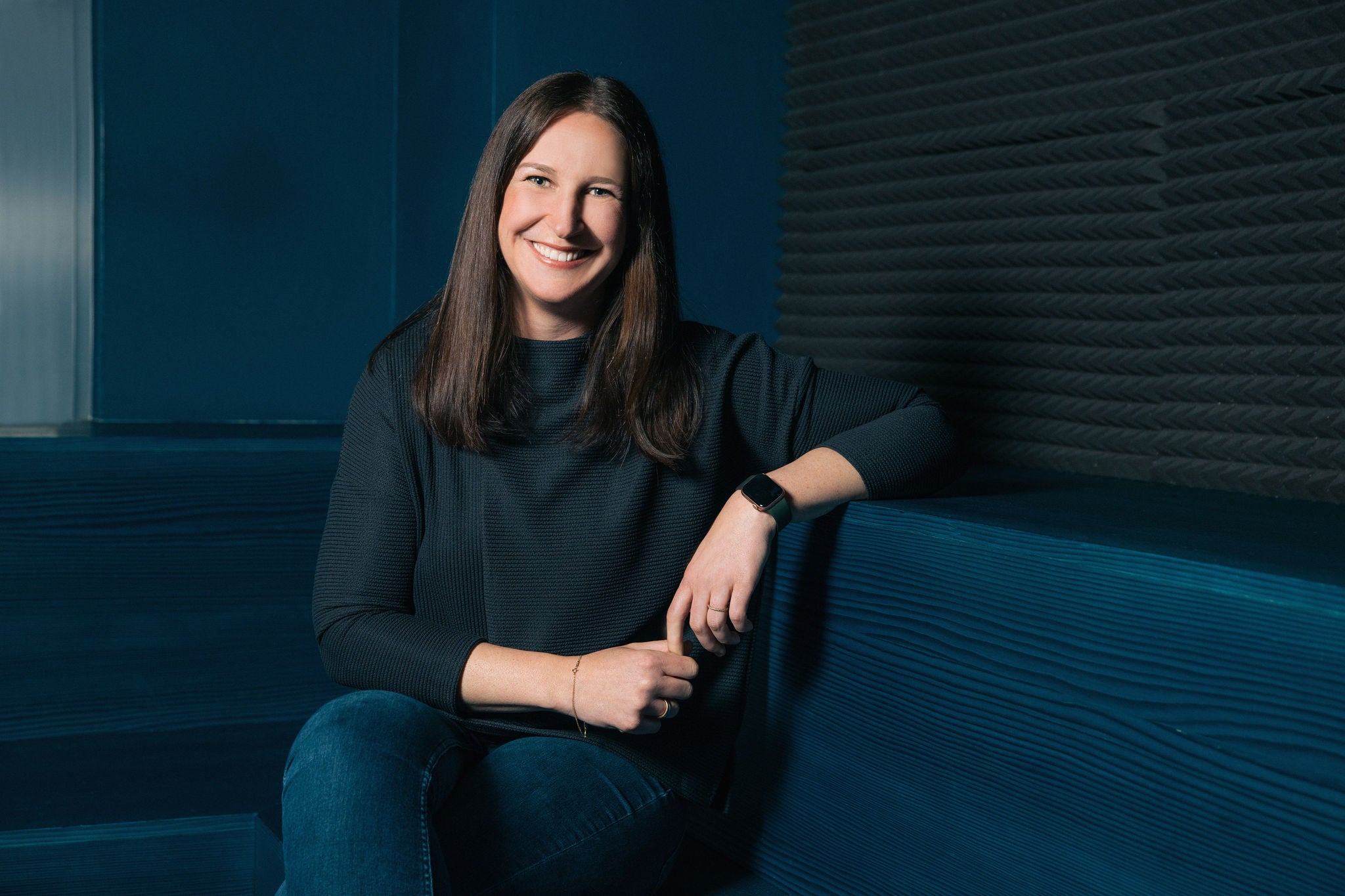If you look back at the speed at which AI has evolved and spread, you can guess which stages of development are still possible. The current phase of evolution marks the arrival of AI agent systems. Only now can the potential of AI be fully harnessed, with multiple highly specialised agents working together.
What’s behind these AI agents?
AI agents can handle a whole range of specialist tasks and will be adept in areas such as research, customer data insights, content marketing, journey management and brand strategy. In order to understand what enables them to perform their respective tasks, it is necessary to examine their structure. AI agents are made up of three components: a prompt, a model and a set of tools they can use.
The prompt defines the remit of the agent. In accordance with this role, the agent relies on a specific AI model and gains access to specific tools to help it complete the task. An AI agent might, for example, be assigned the role of a research specialist. The agent then uses ChatGPT 3.5 Turbo as its model and gains access to the Web search function and a scraping program. This allows the agent to research background information on specific topics. It uses the search function independently, evaluates the results, downloads website content and processes it. In this way, the agent generates fresh knowledge on the basis of which it creates a dossier.
AI agent systems will go through the roof
The conditions for AI agent systems are now particularly favourable: new AI models and updates from ChatGPT, Midjourney, Stable Diffusion, Llama and Gemini are launched every day. Programming on a smaller, less well-known model can be much cheaper than relying on big players, thus making it more and more attractive. In addition, generative AI models are now capable of perceiving and processing impressions in a multimodal manner, whether text, video, audio or images.
This paves the way for setting up entire AI agent systems. The advantage of these systems is enormous. Working together, these highly specialised AI agents, each of which performs part of the task, can handle much more complex tasks. This is because the agents discuss the task in the background, work together and independently check and improve their results. Renowned AI expert Andrew Ng recently discovered that these kinds of ‘agentic workflows’ can achieve significantly better results.
AI agents set to become indispensable for brands
Brands have an intrinsic interest in offering their customers the best possible service, providing them with trustworthy information and addressing them in a hyper-personalised manner. This is finally possible thanks to AI agent systems – and on a large scale, too. Brands are therefore likely to rely on their own AI agents in the future. This is because only brands’ AI agents can use company interfaces to access data and process it for specific tasks. In other words, a price agent must have access to current prices, whereas a booking agent needs to be able to use the booking system. If an AI agent is familiar with company guidelines and CD/CI manuals, it can check texts and images for brand conformity. This is an important prerequisite for providing truly bespoke recommendations or taking a hyper-personalised approach to tasks.
The vision is for AI agent systems to even work with assistants from other companies or brands in the future to take on even more complex tasks for customers. For example, a travel booking would require interfaces to both airline and hotel information and booking systems. While the AI agents cooperate in the background, Siri or Alexa could serve as an interface to customers.
It sounds like a scenario for the future, but the possibilities are already there. To avoid being left behind, companies should start developing, testing and gradually rolling out small use cases for AI agent systems today.
Author: Sebastian Küpers, Chief Transformation Officer at Plan.Net Group
Interested in more content?
Back to Issue #16


